what’s wrong with my monstera?
lily
last year
Featured Answer
Sort by:Oldest
Comments (10)
lily
last yearRelated Discussions
Something wrong with my Monstera?
Comments (3)I think it looks okay. Those browned sections on the petiole is just the petiolar sheath, which protects the newly emerging leaves. Once the new leaves have grown out, then they're no longer really needed anymore. As for the roots, monsteras have more than plenty of them. I've just recently repotted mine. Yours would most likely benefit from a larger pot to accommodate its roots as they grow. They don't call these monsters for no reason, haha. :)...See MoreWhat is wrong with my monstera adansonii? (with photos)
Comments (0)My adansonii is actually two seperate vines planted in the same pot. One vine has put out leaves with yellow lines on them (see first pic). I thought this could be mosaic virus, though the veins are still green and the leaves aren't deformed in any way other than the yellow markings. (Also, the shiny spots on the leaf are just due to some neem oil.) New leaves are still coming out, although slowly. The second vine has been fine up until now, and growing quickly (although smaller leaves than the yellowed vine). However, the last few leaves to pop out have now developed these raised yellowish spots, and have brown spots as well (see next two pics). Has the second vine caught mosaic virus from the first vine? Is it pest damage? (I haven't ever seen any pests on it though). I did fertilise 5 or 6 weeks ago, so could it be due to fertiliser burn? The yellow marks in the first pic were already there before I fertilised though, so I doubt this. Any other ideas..? After a tonne of googling I still can't any pictures online that look like the leaf in the first pic....See MoreWhat’s wrong with my Monstera deliciosa? Please help!
Comments (7)I water her once the top two inches of her soil is dry and I keep her in front of an east-facing window. I run the humidifier pretty often as well, keeping the room at a humidity of 60-70%. I also mist throughout the day. She only has one new, healthy growth and the rest are either stunted or growing very slowly and I can’t tell LOL are they not growing because of those dry edges?! :( One of my Calathea’s was just infected with spider mites. I’ve since then isolated her but maybe it wasn’t soon enough, which means... could those issues be from spider mites?! I’ve inspected her soil pretty closely and I’ve only found a few baby gnats (yikes!) which I’ve since then sprayed a bit of neem oil solution on her soil. Haven’t found any sign of webbing either. Please help!! I just want her to get better. Thank you!!...See MoreDoes anyone know what’s wrong with my monstera?
Comments (3)its not uncommon for plants to shed the oldest leaves in fall.. as light levels wane ... can you tell if they were the oldest leaves? ken...See Morelily
last yearken_adrian Adrian MI cold Z5
last yeartapla (mid-Michigan, USDA z5b-6a)
last yearlily
last yearlily
last yeartapla (mid-Michigan, USDA z5b-6a)
last year
Related Stories

KITCHEN COUNTERTOPSWhat’s the Difference Between Quartzite and Quartz Countertops?
Weigh the pros and cons of these popular kitchen countertop materials
Full Story
KITCHEN DESIGNWorking the Room: What’s Popular in Kitchens Now
We break down 9 kitchen design ideas that are making people happy — and show how to make them work for you
Full Story
KITCHEN DESIGNHouzz Call: What’s Cooking in Your Kitchen?
Most of us turn to recipes, videos and culinary shows when we cook. Where do you set your cookbook, tablet or TV screen?
Full Story
FUN HOUZZHouzz Call: What’s on Your Refrigerator?
Magnets, menus, children’s art, coupons, perfect-attendance certificates, song lyrics — what is fridge-worthy in your house?
Full Story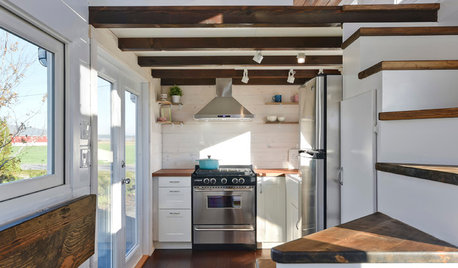
MOVINGHouzz Call: What’s Your Best Downsizing Tip?
Deciding what to say goodbye to can be hard, which is why we want to hear your hard-won wisdom. Please share your advice
Full Story
BATHROOM DESIGNWhat’s Your Bathroom Style? 9 Great Looks to Consider
See what creates a bathroom’s style, whether you like farmhouse, contemporary, industrial or your own brand of eclectic
Full Story
LIFEHouzz Call: What’s Your Perfect House Size?
How big is too big? How small is too small? Please tell us which home size is just right for you
Full Story
GARDENING GUIDESWhat’s in a Name? See 6 Wildflowers That Aren’t ‘Weeds’ at All
Dispel the stereotypes of weeds and try these wildlife-supporting native wildflowers in your garden
Full Story
LIFEThe Polite House: What’s an Appropriate Gift to Welcome a New Neighbor?
Etiquette expert Lizzie Post suggests the right time and best presents to introduce a new neighbor to your area
Full Story
PRODUCT PICKSGuest Picks: What’s Purple All Over?
With kitchen appliances, pillows, chairs and more in shades of lavender to plum, your home can be as purple as you please
Full StorySponsored
Central Ohio's Trusted Home Remodeler Specializing in Kitchens & Baths




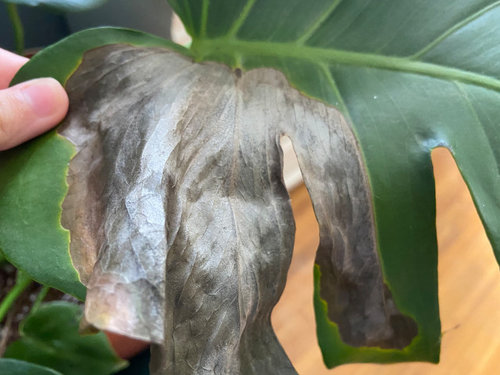
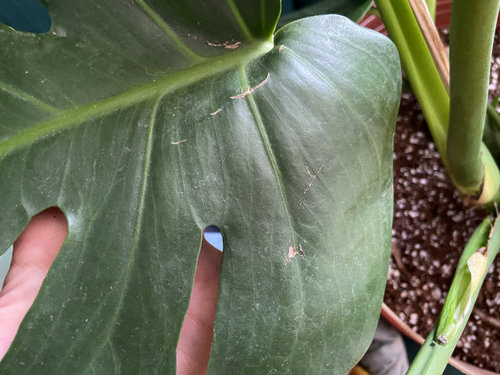




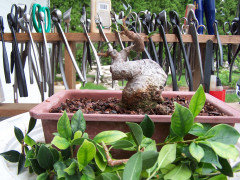
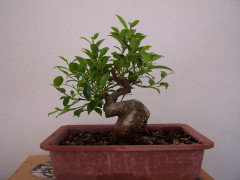
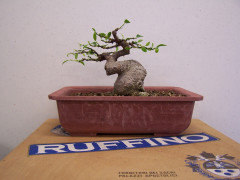
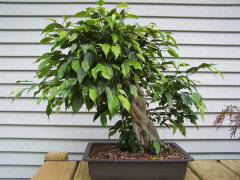

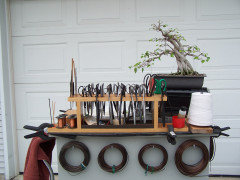

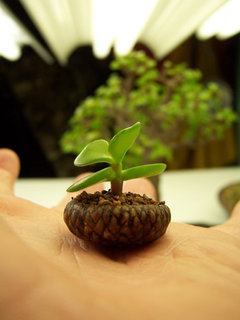
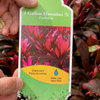
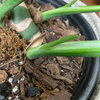

tapla (mid-Michigan, USDA z5b-6a)